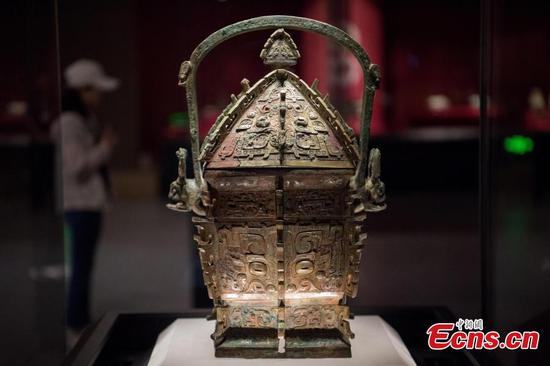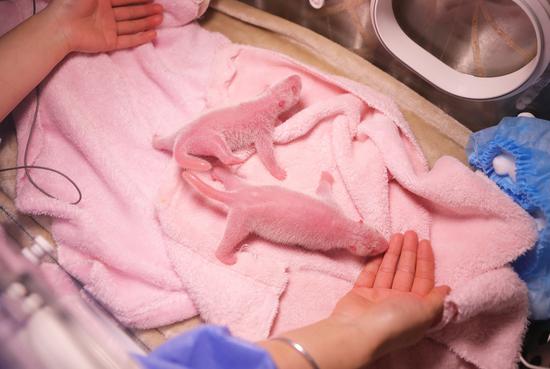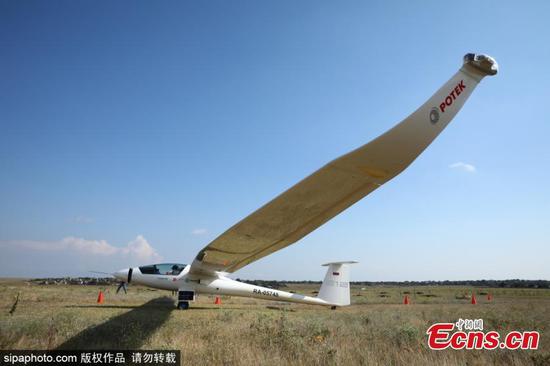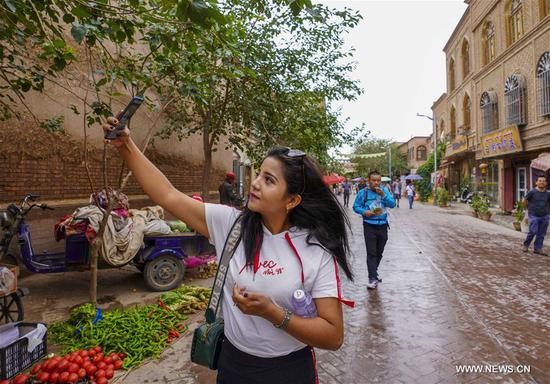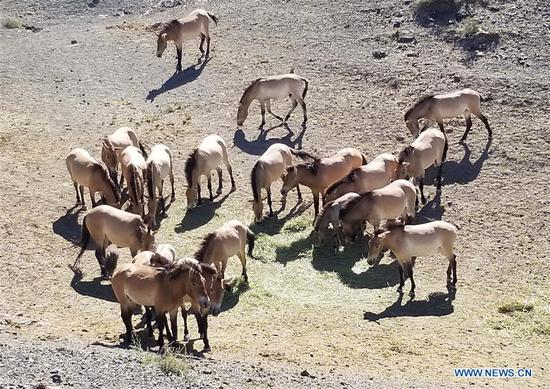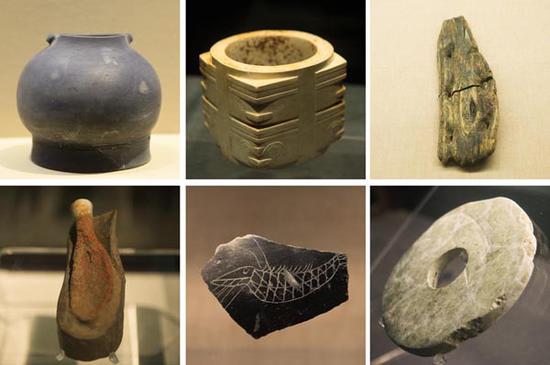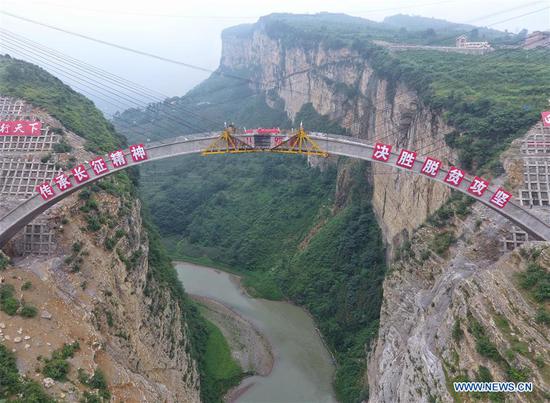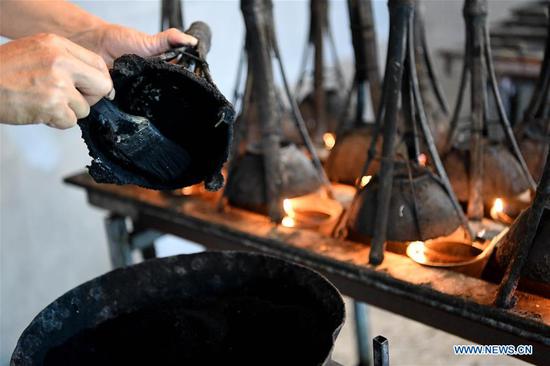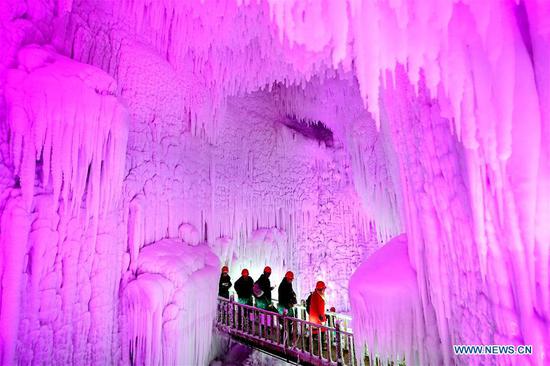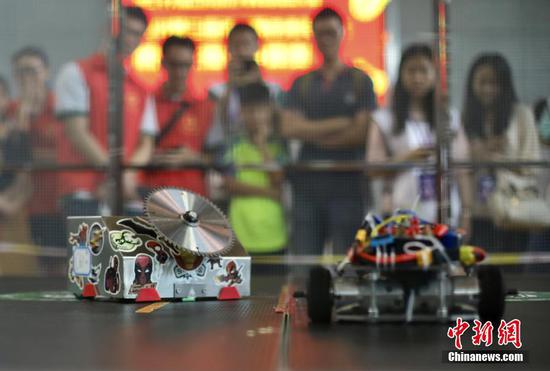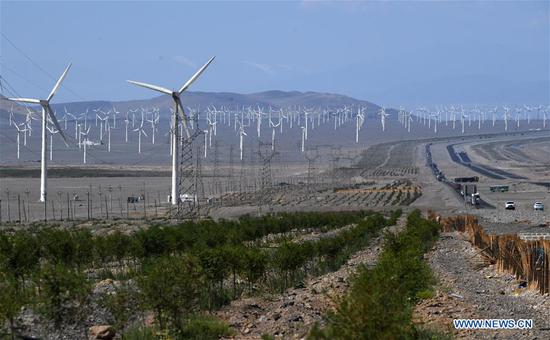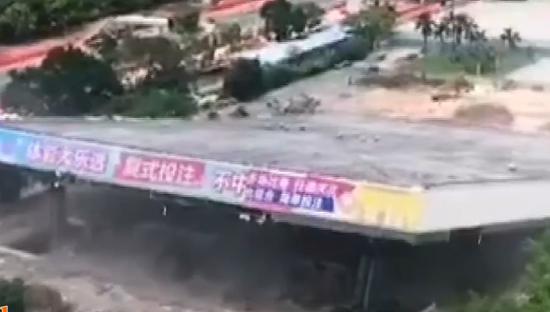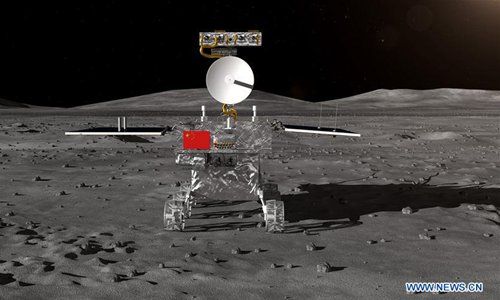
Photo provided by State Administration of Science, Technology and Industry for National Defense shows the image of the rover for China's Chang'e-4 lunar probe. (Photo/Xinhua)
China's next lunar probe, Chang'e 5, scheduled to be launched around the end of this year, will adopt artificial intelligence technologies in the soft landing as well as sample collection process, the former program chief has said.
Ouyang Ziyuan, former chief scientist of China's lunar probe project, made the statement during a conference on satellites and space held in Rizhao, East China's Shandong Province from Friday to Sunday.
According to China National Space Administration, the Chang'e-5 mission, which aims to bring back 2 kilograms of samples from the moon surface, will make China the third country to do so after the US and Russia.
With the help of AI technology, the probe will have a soft landing on the near side of the moon and then return with a surface sample.
To get new findings, the landing site of Chang'e-5 mission will be more than 1,000 kilometers from all the Apollo landing sites, according to Ouyang.
The soft landing will be an independent decision made by AI technologies, he noted.
"The probe is really intelligent and it will keep detecting and calculating through taking pictures until it finds a flat place for a safe landing," he said.
Once on the moon, the probe will use an electric shovel to collect soil and a drill to collect rock core.
"The near side [compared to the dark side] is relatively flat for landing and has a better communication condition with the help of satellites," said Pang Zhihao, an expert in space exploration technology in Beijing.
AI may help landing at a more valuable location through its more comprehensive consideration, Pang noted.
After finishing its work on the moon, the ascender will rise from the lunar surface for rendezvous and docking with the orbiter flying around the moon.
Then the returner will fly back to Earth, re-enter the atmosphere and land in China's Inner Mongolia Autonomous Region.
According to Science and Technology Daily, China successfully practiced an AI moon landing in 2013 Chang'e-3. Data collection and self-adjustment in the landing and destination mapping process using the AI technology was refined in the Chang'e-4 mission in 2018.












